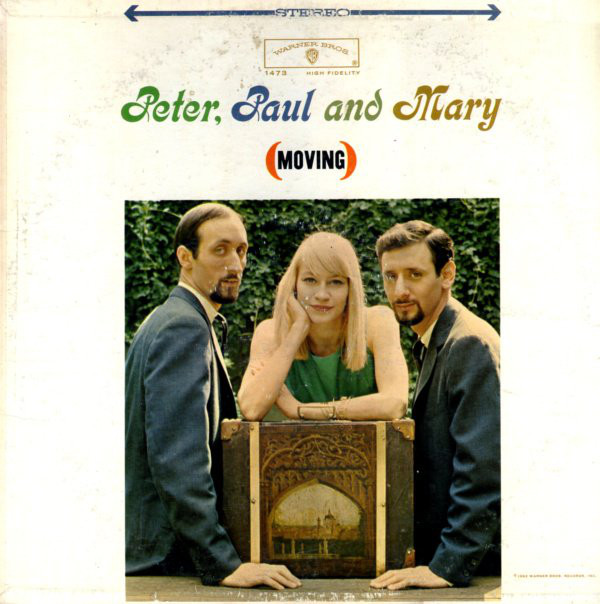10 albums that shaped my musical tastes and styles

I’ll never forget a couple of things my Dad brought home when I was young: our first Chicago tavern-style (thin crust) pizza, topped with Italian sausage and cut into squares — still my favorite kind of pizza — and this album by Peter, Paul & Mary.
Until then, our family record library consisted mostly of old pop standards, big bands, classical and Broadway show soundtracks such as “My Fair Lady” and “Camelot.”
This album seemed new and fresh, and I was immediately drawn to it. Favorite tracks are “Settle Down,” written by Mike Settle of the New Christy Minstrels and the First Edition; “Gone the Rainbow,” based on the traditional Irish song “Siúil a Rún”; “A-Soalin,'” which is on my Christmas playlist; and “This Land is Your Land,” my introduction to Woody Guthrie.
